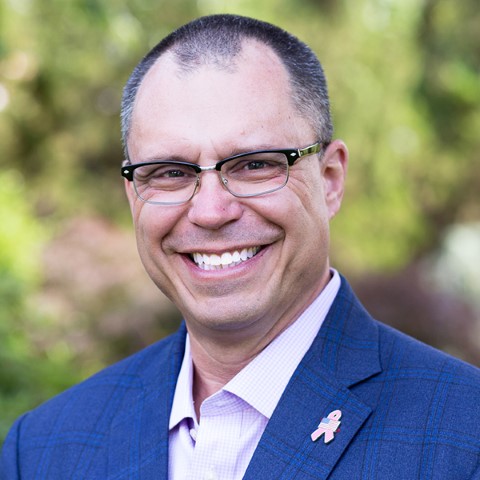To help improve client outcomes, financial professionals often need tools to help influence positive change in clients’ financial behaviors and decisions. Peter Bregman’s book, You Can Change Other People, offers some useful insights for your practice. Bregman, a renowned executive coach and consultant, provides a pragmatic approach to fostering change in others, which is particularly relevant for professionals guiding clients through complex financial decisions.
Bregman’s central thesis is that to change other people’s behavior effectively, you have to abandon the notion of direct control. Instead, he advocates for a collaborative approach where you act as a partner in the change process. These four steps summarize Bregman’s recommendations for facilitating change.


